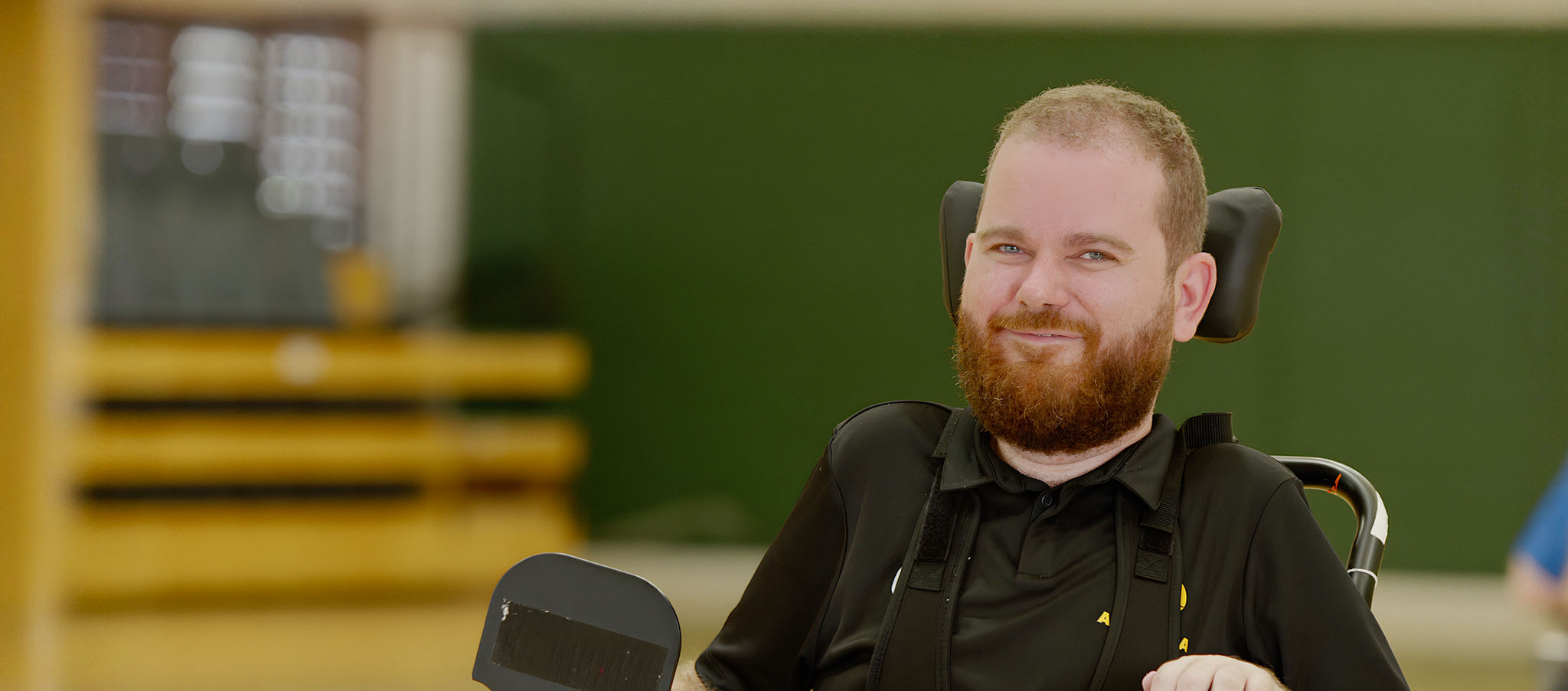Tristram was around 18 months old when his parents Lorna and Ian noticed that he was not meeting his physical milestones. Activities like walking at the same pace as others became challenging, and he began to stumble and fall over.
It was the early nineties when information and knowledge about SMA was very limited. His parents searched for answers and took him to see various doctors, all of whom had not experienced SMA and did not know what could be wrong.
Tristram became progressively weaker over time and began using a wheelchair at the age of three. It was not until he was seven years old when he was diagnosed with SMA type 2 by his neurologist.
“The uncertainty was difficult for Mum and Dad. When I was finally diagnosed, it really made sense why I was getting weaker and why I was the way that I was.
"I’ve not known any different, I don’t remember walking. It’s empowering in a way, because I am who I am, and I get on with it.”
Now, as an adult, Tristram travels the world representing Australia as an elite Powerchair Football athlete. He enjoys what he describes as a “very normal life” – exploring the world, having fun with his mates, cooking, working, playing sport and aspiring to be in a rock band. He is also a fierce advocate for the SMA community and disability more broadly.
